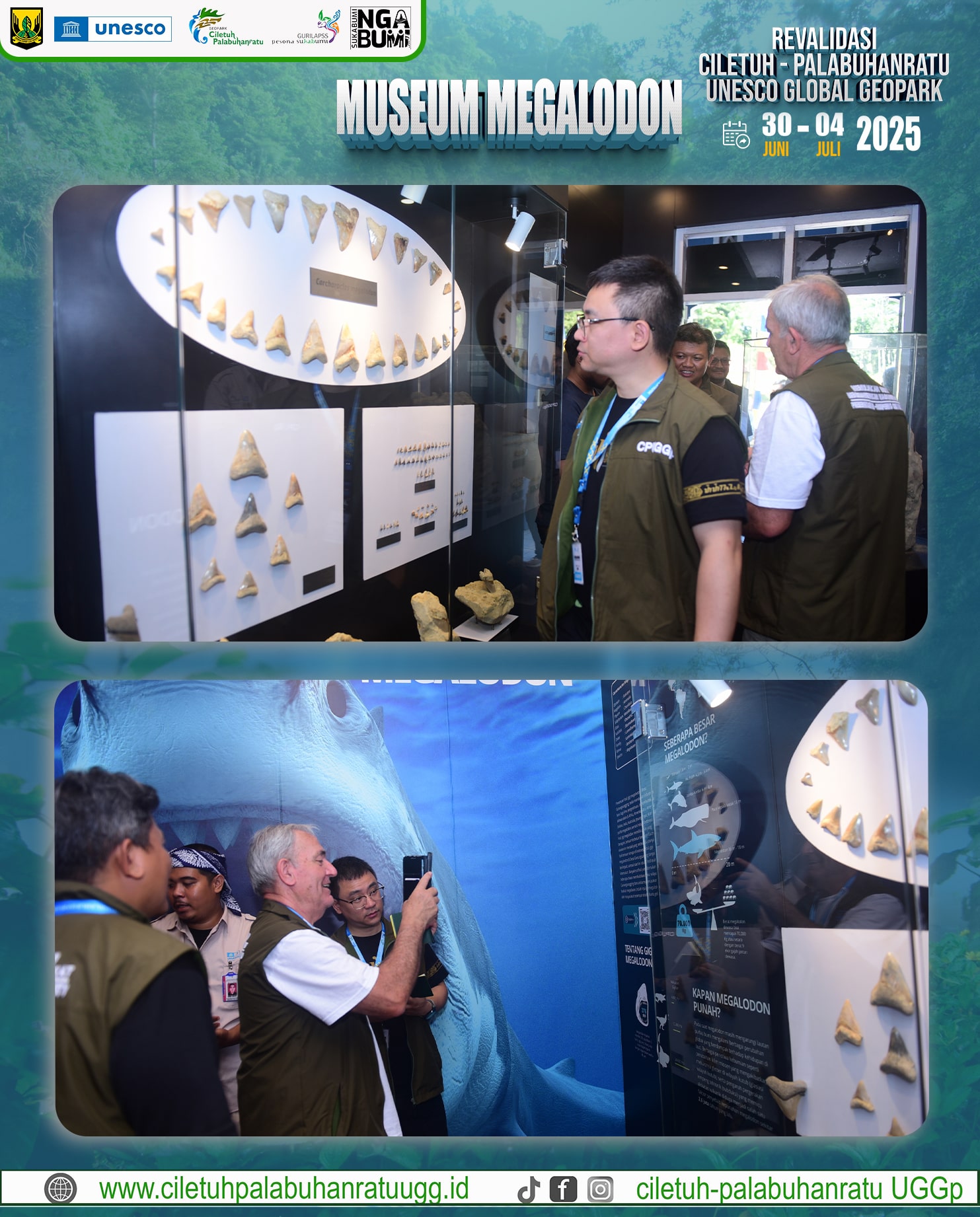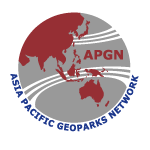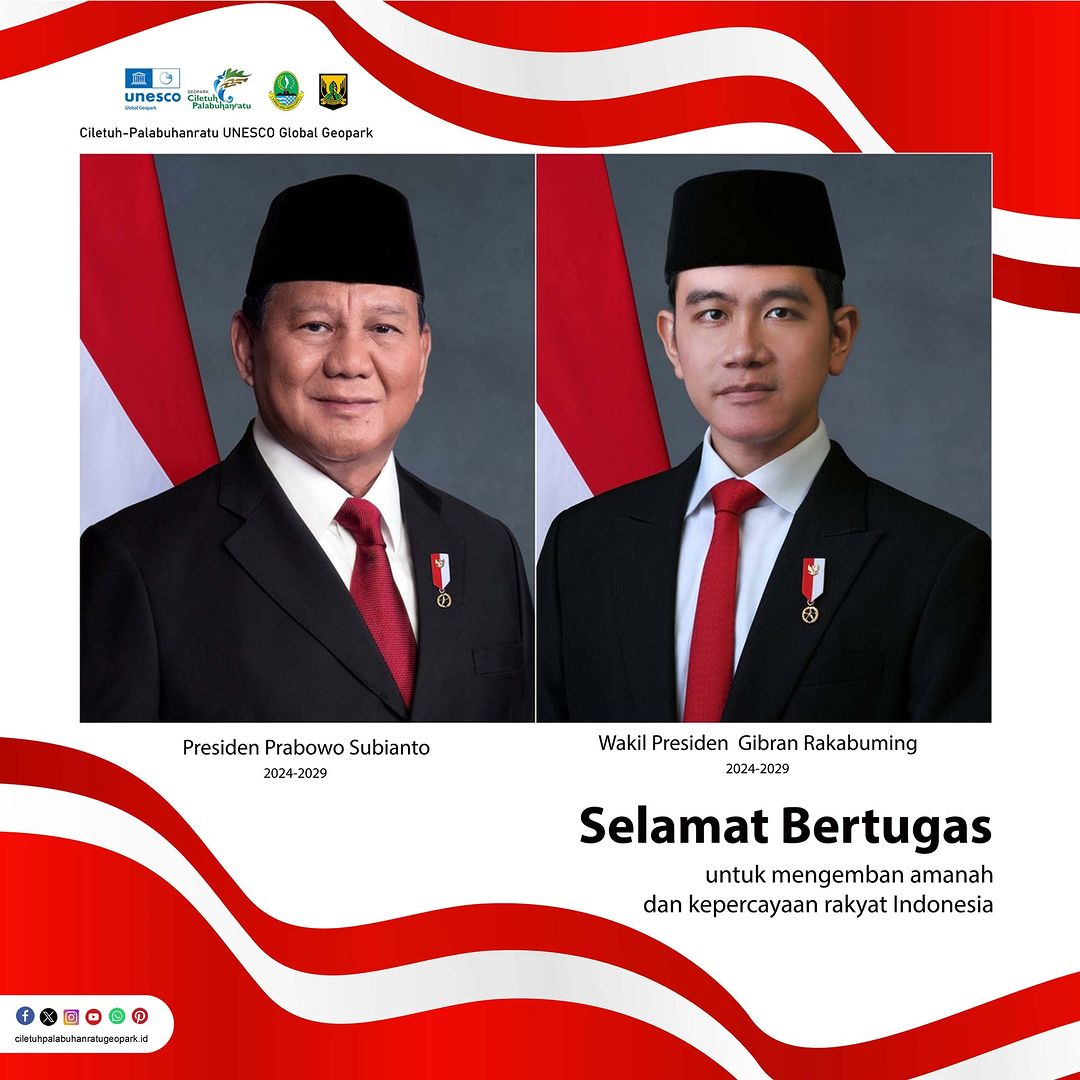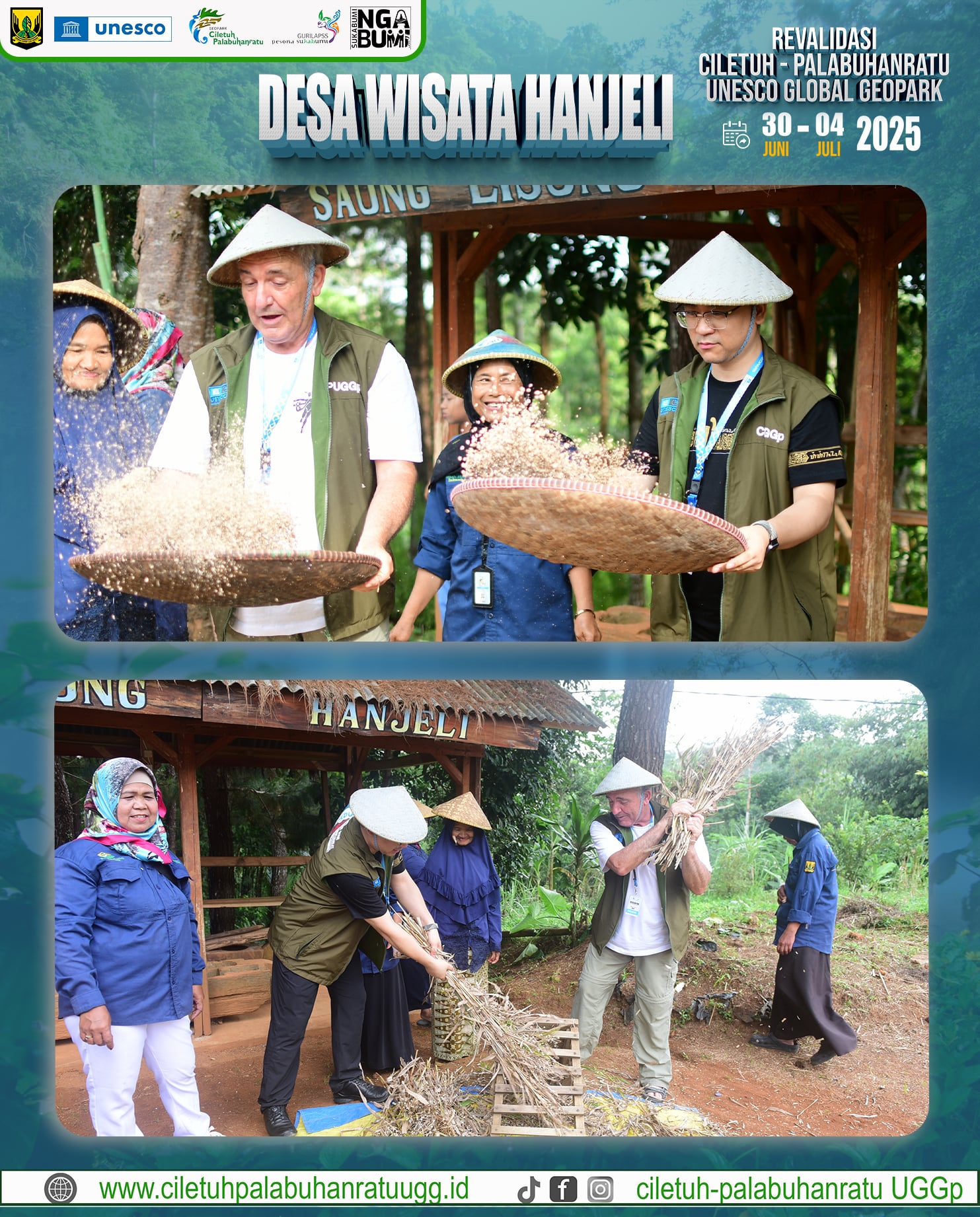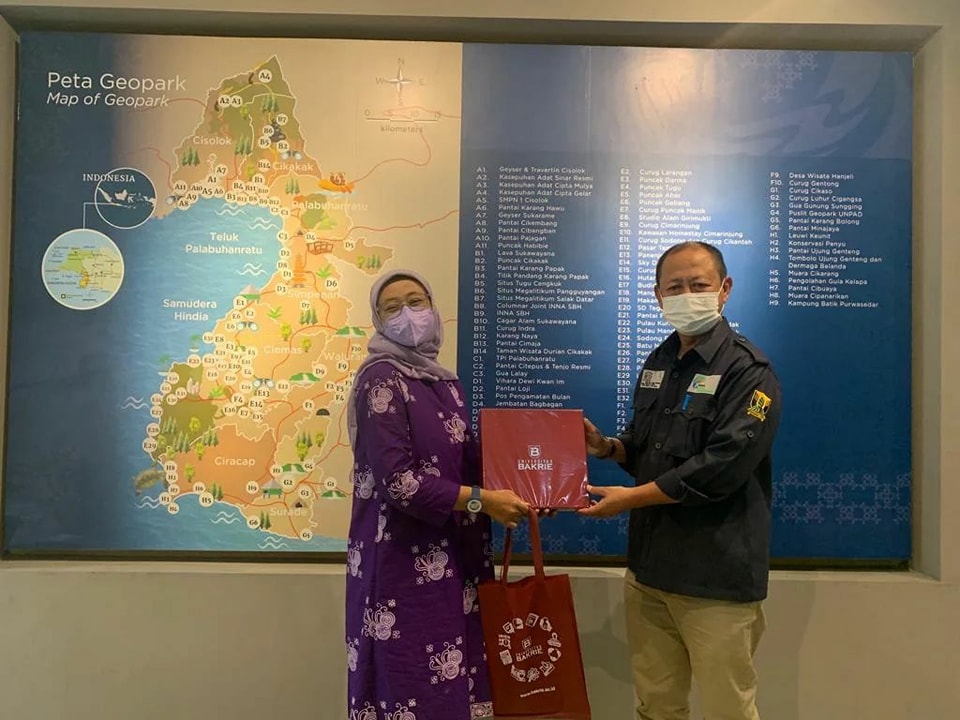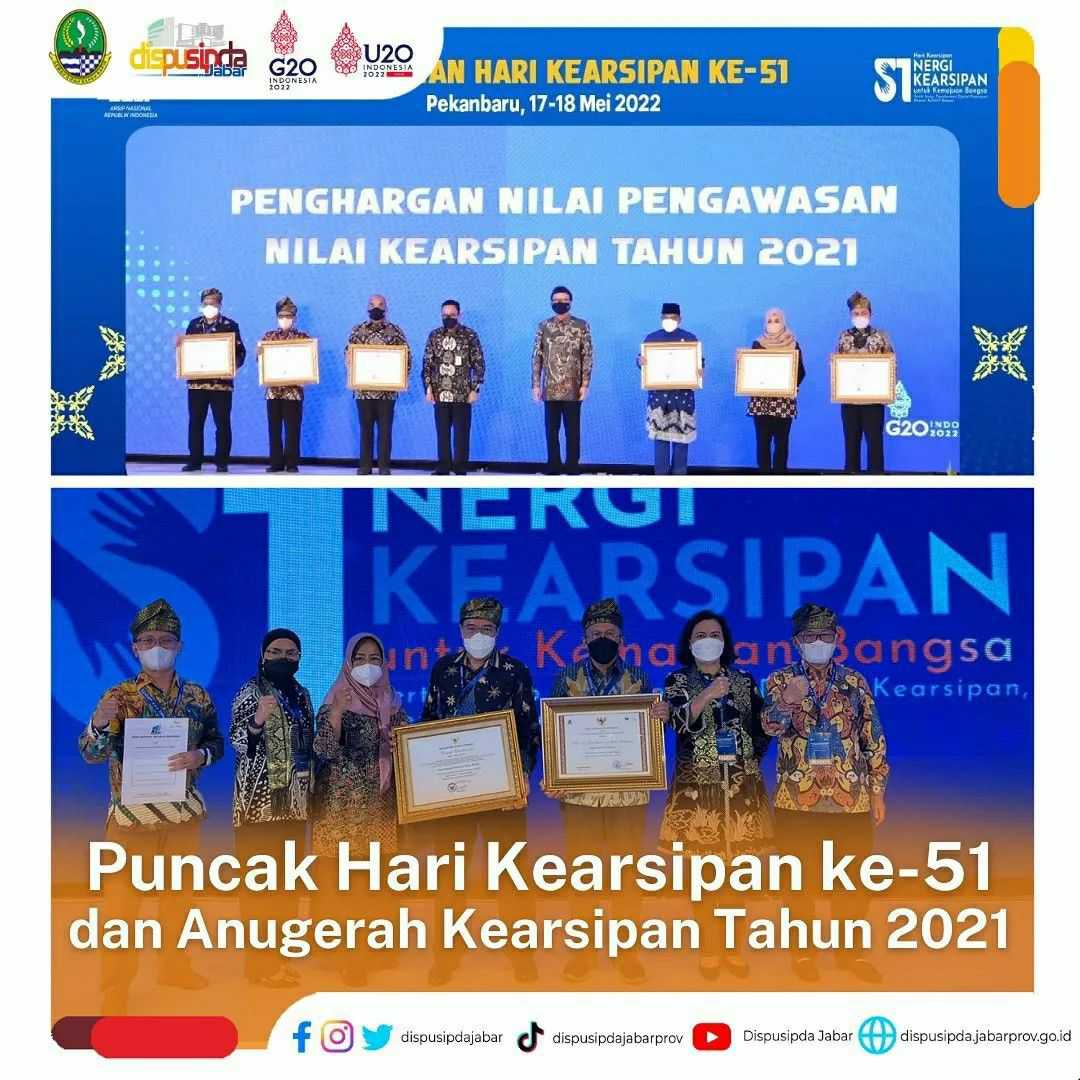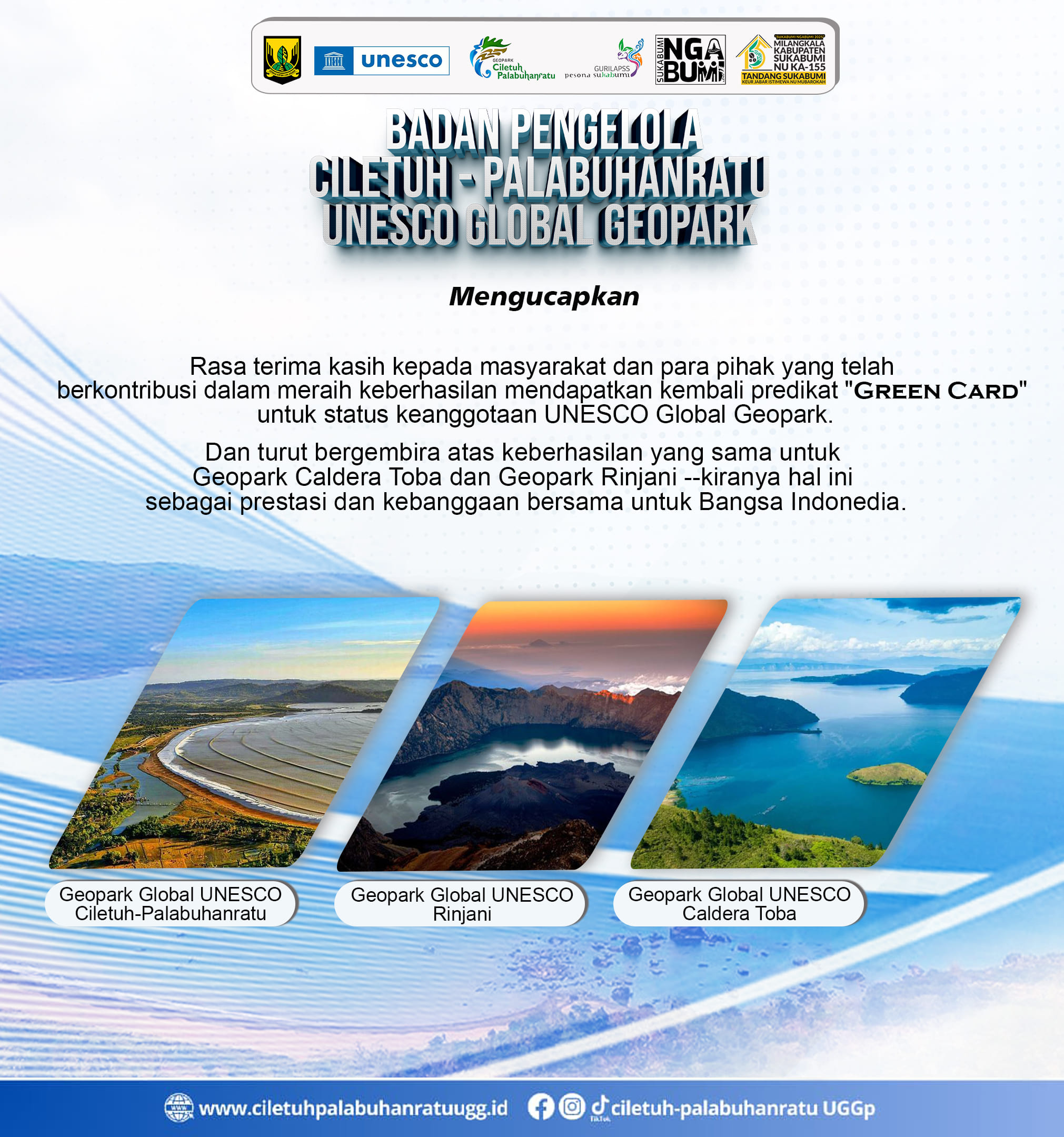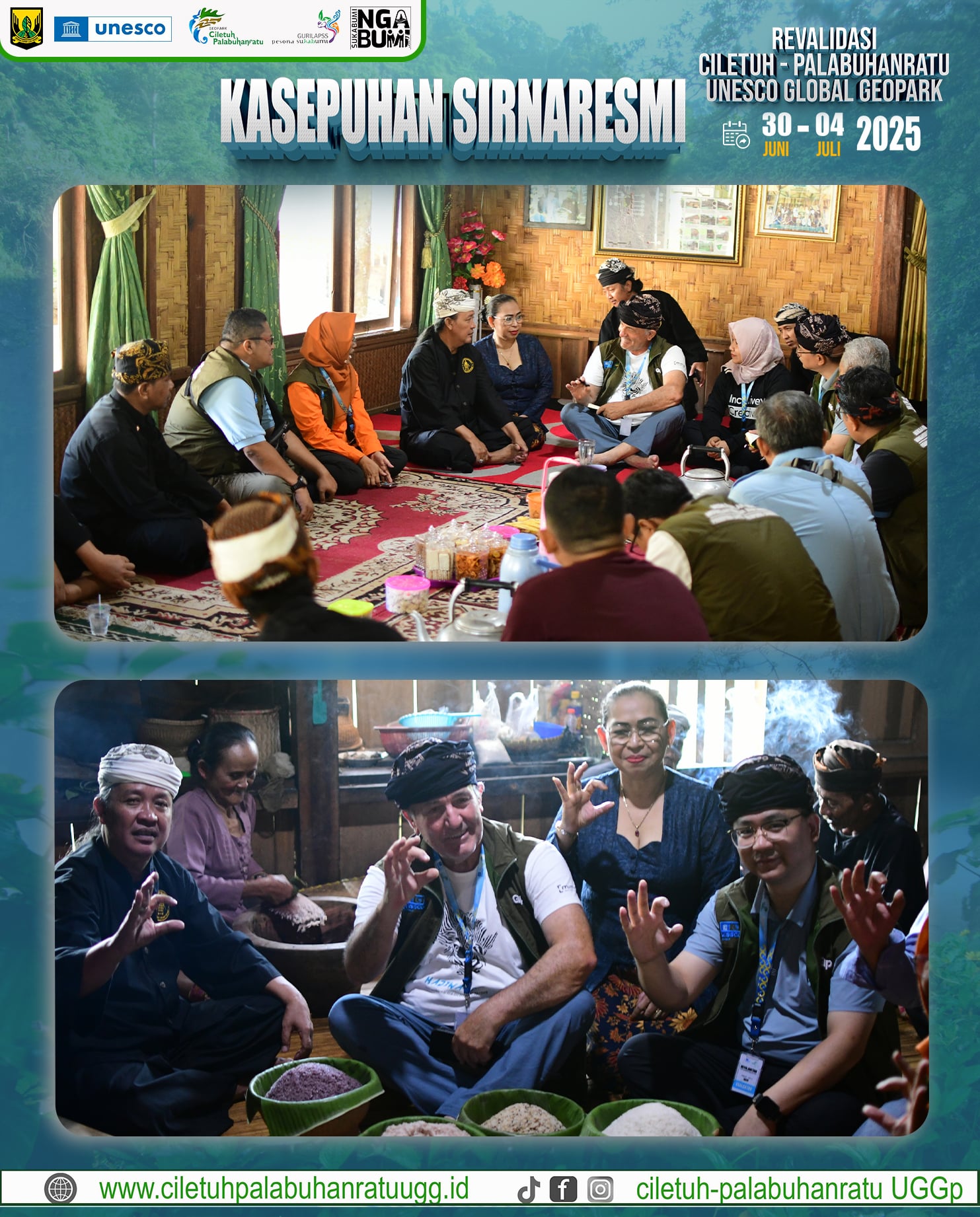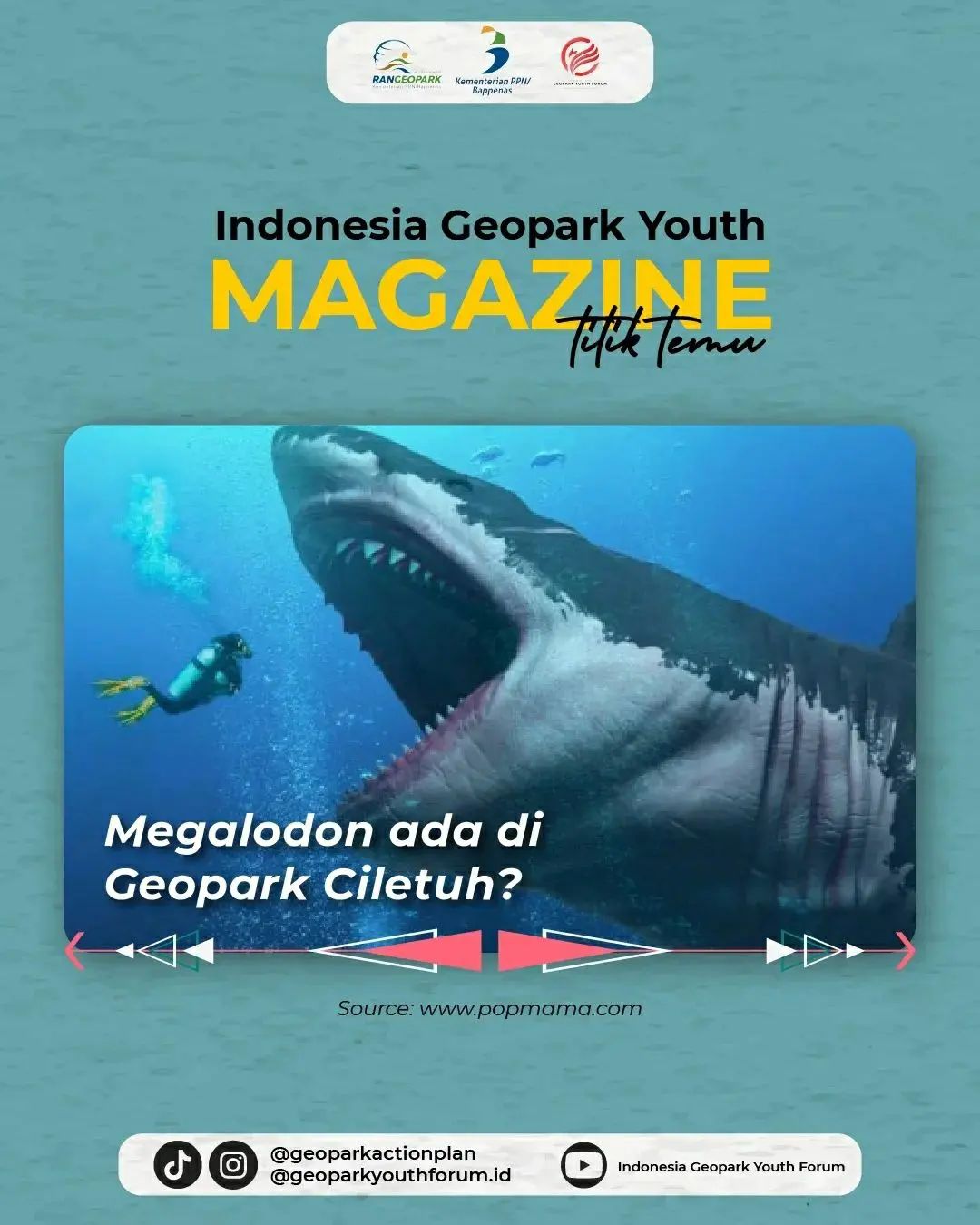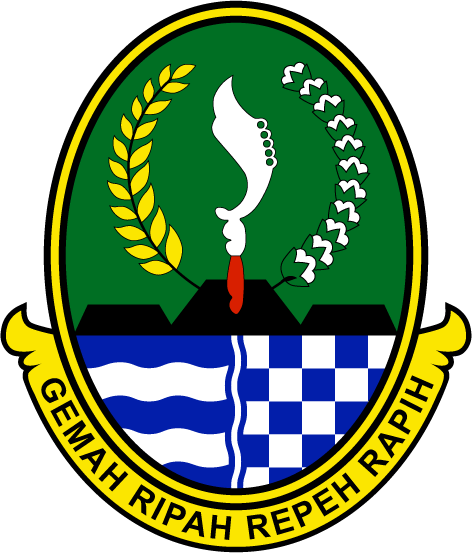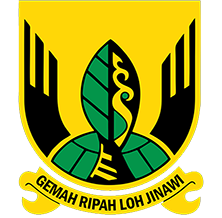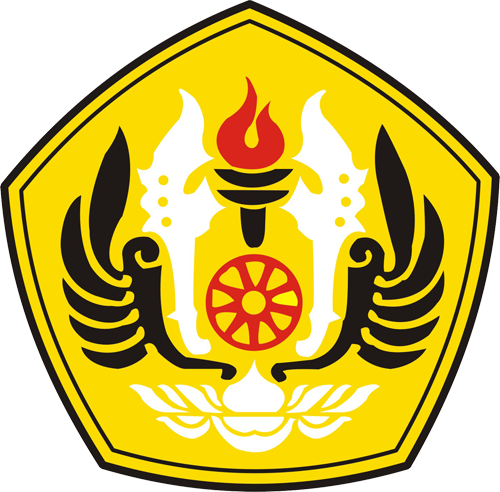Sukabumi, July 2, 2025 - The revalidation process for the Ciletuh-Palabuhanratu UNESCO Global Geopark (CPUGGp) continues, this time targeting the most scientifically intriguing geosites: the Gunungsungging Geosite and the Megalodon Museum. Both are located in the southwest of the geopark area and hold the geological story of an ancient sea that has now become a leading educational tourist attraction.
UNESCO Global Geopark Council assessors, Bojan Rezun from Slovenia and Zhang Chenggong from China, were warmly welcomed by the management team and academics from Padjadjaran University. At Gunungsungging, the assessors witnessed firsthand the layered rock structures resulting from deep-sea sedimentation millions of years ago—a tangible trace of the ancient geological events that lifted this area to the Earth's surface. "Gunungsungging is an open-air natural laboratory. This landscape is not only visually beautiful, but also holds a very rich geological record," said Zhang Chenggong. Bojan Rezun added, "This is why UNESCO designated the geopark as a world heritage site—because places like this connect us to the history of the planet."
The visit then continued to the Megalodon Museum, which displays various ancient marine fossils, including a replica of a giant megalodon shark tooth found in the Ciletuh area. Assessors described the museum as "a revelation" and "a boost to the appeal of educational tourism" for young people and tourists.
The Head of the Sukabumi Regency Tourism Office, Sendi Apriadi, S.STP., M.Si., emphasized that this location reflects the strength of the CPUGGp as a tourism destination based on knowledge, conservation, and education. "Gunungsungging and the Megalodon Museum are two sides of one story: that our earth's heritage must not only be preserved but also retold to the world," he said.
According to him, utilizing geological heritage as a medium for public education is the foundation of future tourism. "People come here not just to take photos, but to learn. From that learning, a collective awareness grows to protect the earth and at the same time, to be proud of local identity," Sendi added.
Optimism in this revalidation process is not merely about maintaining UNESCO status, but rather as a strategic approach to re-grounding the concept of redefining the ecosystem for natural sustainability in a more holistic and sustainable way, while actualizing community empowerment toward a more prosperous, empowered, and independent life in a sustainable manner.
Author: Ilham M Saputra.
